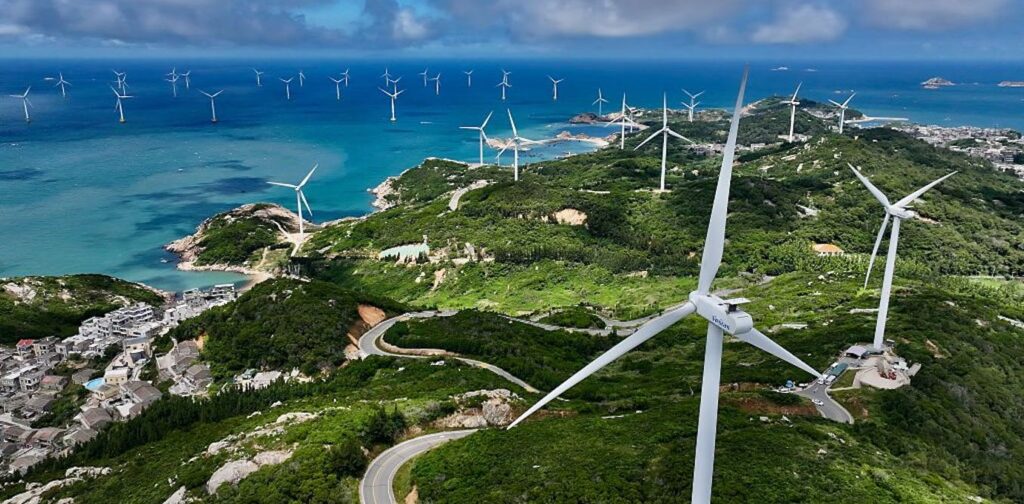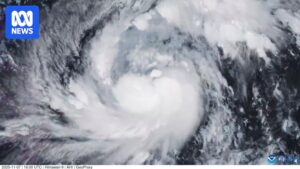
For over a century, the global geopolitical landscape has been dominated by oil and gas. Nations with vast fossil fuel reserves, such as Saudi Arabia and Russia, have accumulated significant wealth and wielded considerable foreign influence, shaping the world order. However, the global shift toward renewable energy is now challenging these entrenched power structures. As the world transitions away from oil and gas, renewable energy resources are poised to become the new foundation for geopolitical influence.
Nations rich in sunlight and wind, with the capacity to export this energy, stand to gain significantly. Equally, countries endowed with critical minerals and the means to produce the technology required for a low-carbon world are well-positioned to thrive. The traditional “petrostates” are making way for the emergence of “electrostates.” Leading the charge is China, and if strategic decisions are made, Australia could soon follow.
A Shift in Global Power Dynamics
Petrostates are nations abundant in oil, gas, and coal, heavily reliant on the revenue from extracting and exporting these commodities. Australia, a major exporter of gas and coal, does not fit the typical petrostate mold due to its lack of centralized state control over production and its regulatory rather than coercive influence over resources.
Historically, world economies have depended on fossil fuels, allowing petrostates to leverage their resources for diplomatic influence, control over global energy prices, and the formation of strategic alliances. For instance, the security partnership between Saudi Arabia and the United States is largely underpinned by the US’s need for Saudi oil. Similarly, Russia’s decision to cut gas supplies to Europe in 2022 was seen as retaliation for sanctions following its invasion of Ukraine.
However, these dynamics are shifting. The Middle East, Russia, and the United States gained power during the age of oil. Now, in the age of renewables, a new cohort of electrostates is emerging.
Understanding Electrostates
The term “electrostate” refers to a nation that dominates the energy transition. Unlike traditional petrostates, their influence stems from commanding positions in supply chains essential to electrification. These include:
- Critical minerals such as lithium, cobalt, nickel, and rare earths
- Battery production and recycling
- Semiconductors and digital infrastructure
- Clean energy technologies like solar, wind, and electric vehicles
China is at the forefront of clean energy innovation and development. It processes about 60% of the world’s lithium and cobalt and refines over 90% of rare earth elements used in electric vehicles, wind turbines, and smart electricity grids. Chinese companies CATL and BYD produce more than half of the global supply of lithium-ion batteries, with production capacity rapidly expanding. BYD recently surpassed Tesla as the world’s largest EV manufacturer, backed by a vast domestic market.
China produces about 80% of the world’s solar panels and dominates wind turbine supply chains.
This dominance is no accident. It results from a deliberate, state-backed strategy executed over two decades, combining industrial policy, subsidies, and long-term investment with a willingness to absorb early losses for strategic gain. Consequently, China has become an indispensable player in the global energy transition.
Global Implications of the Rise of Electrostates
The emergence of electrostates is reshuffling the global energy map. Just as the European Union once worried about maintaining supplies of Russian gas, it now concerns itself with over-dependence on Chinese batteries, critical minerals, and fuel cells. The US, EU, Japan, India, and other nations are racing to reduce reliance on China. Initiatives like the US Inflation Reduction Act, the EU Critical Raw Materials Act, and the Quad’s supply chain cooperation are all responses to China’s dominance.
China has already used its control of the renewables supply chain to exert global influence, such as restricting exports of seven rare earth elements needed for technologies like electric vehicles.
Australia’s Opportunity in the Electrostate Era
Australia holds significant potential to become an electrostate. The continent is home to some of the world’s largest reserves of lithium, nickel, and rare earths, already supplying more than half of global lithium. However, seizing this opportunity requires substantial effort and strategic planning.
First, Australia must invest in domestic refining, battery manufacturing, and recycling rather than merely exporting raw minerals. This approach would retain more jobs and income within the country and reduce reliance on overseas suppliers. Strategic partnerships are crucial, requiring Australia to broaden and deepen cooperation with nations across Asia, Europe, the Middle East, and Africa. These partnerships would enable Australia to supply different parts of the world while building domestic manufacturing and processing capacity.
Investment in innovation is equally important. Supporting research in next-generation batteries, hydrogen, and electricity grids is essential to maintain technological leadership. Throughout this expansion, companies involved in extracting critical minerals and producing clean energy must adhere to high environmental and social standards to maintain public trust and international credibility.
Decisions made in Canberra over the next decade will determine whether Australia depends on electrostates or becomes one.
Ultimately, the rise of electrostates represents a fundamental shift in global power dynamics, with renewable energy resources and technologies at the forefront. As nations navigate this transition, strategic decisions and international collaboration will be crucial in shaping the new world order.







